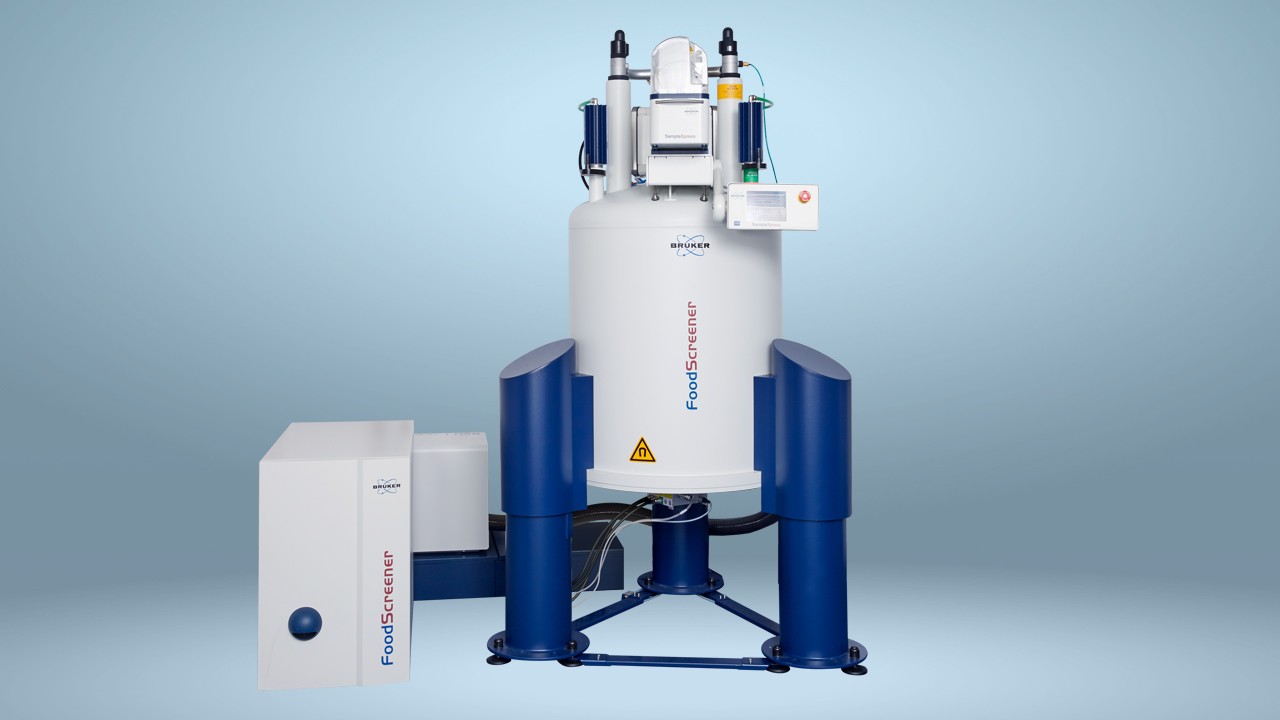

Identify Scotch Whisky Counterfeits with 1H NMR and Chomometrics
The complex and distinctive taste of Scotch Whisky comes from the thousands of compounds that are present it each bottle. Each stage of the production process – fermentation, distillation, and maturation in oak barrels – is important in contributing to its characteristic flavor. However, with its high price point, Scotch Whisky is prone to counterfeiting so chemical analysis is important for authentication.
Typically, authentication has been performed by gas or liquid chromatography coupled to ultraviolet-visible or mass spectrometry as highly reproducible, and quantitative data can be obtained. However, these methods are limited by their long run times, the requirement for method development, and the limited range of compounds that can be positively identified.
NMR can be Used to Analyze Alcoholic Beverages
Nuclear magnetic resonance (NMR) has previously been shown to be effective in analyzing alcoholic beverages as well as other food products such as honey and fruit juices. So, in a recent study, researchers combined NMR with several statistical analysis techniques – statistical total correlation spectroscopy (STOCSY), independent component analysis (ICA), principal components analysis (PCA), and orthogonal partial least squares-discriminant analysis (OPLS-DA) – to differentiate between 180 Scotch Whisky samples and identify counterfeit products. All samples were mixed with an acetic acid/sodium acetate buffer in D2O containing DSS and NMR analysis was performed on a 600 MHz Bruker Avance III spectrometer.
Identification of Compounds that Exist in Multiple Forms
A total of 25 chemical structures were able to be positively identified and all samples were found to share common features between 0.8 ppm and 10 ppm, including higher alcohols, carbohydrates, and aromatic cask extractives. Although, several compounds were more difficult to characterize as they exist in multiple forms.
The carbohydrates glucose and fructose, which can exist as α and β pyranose or furanose structures, were successfully identified using NMR even though pH and ethanol strength can hinder characterization. Acetaldehyde is an important compound in the maturation pathway but can be difficult to identify as it forms hemiacetals in water and ethanol. By using diffusion ordered spectroscopy (DOSY), the two hemiacetal forms of acetaldehyde were able to be identified.
Due to the extensive number of compounds in a sample of Scotch Whisky, signal overlap can hinder characterization and quantification. So, to gain further knowledge of the origins and relationships between the compounds, STOCSY was performed as this model can be used to identify correlations between signals from the same compound or compounds with similar origins. Alongside this, ICA analysis was performed, which can decompose NMR spectra into individual compound spectra. Using this method, the spectra of three individual compounds were able to be isolated.
Distinguishing Characteristics of Scotch Whisky Samples
The group were also able to use other chemometric methods in combination with NMR to distinguish between different characteristics in the Scotch Whisky samples. PCA was able to show a clear separation between blended and malt whiskies. The blended whiskies were more tightly clustered compared to the malt whiskies, indicating there was less variation in this group. Interestingly, there were a couple of blended whiskies grouped with the malts, but it was found that these whiskies contained a high proportion of malt spirit in their blend. OPLS-DA was also able to successfully distinguish between blended and malt whiskies and was able to correctly classify two high-end blends that were wrongly characterized by PCA.
By using the PCA model, the samples could also be approximately separated based on their alcohol strength as it was able to detect subtle changes in the chemical shifts and relative composition of the compounds that occurs which changing alcohol strength.
Using OPLS-DA, the team were able to distinguish between peated and unpeated samples, however, it was not possible how this model achieved this differentiation. OPLS-DA was also used to distinguish between the type of barrels that were used in the maturation process of the whiskies. By comparing the four different barrel types – bourbon, sherry, bourbon and sherry, and ale – this model was able to identify whiskies matured in ale barrels as significantly different compared to the other three types. Further differentiation between the bourbon, sherry, and bourbon and sherry matured whiskies was not possible.
Authentication of Scotch Whisky
By combining 1H NMR with chemometric methods, the team were also used to successfully identify counterfeit whisky samples. The major differences were the presence of higher alcohols in the authentic samples and greater levels of carbohydrates in the counterfeits. Counterfeit samples contained detectable levels of glycerol, which was not observed in any of the authentic samples.
The PCA model was able to show some separation between the authentic and counterfeit whiskies, but due to the large difference between both sample sets and the large difference within the counterfeit sample set, this differentiation was not statistically significant. However, OPLS-DA models were successful in confidently separating the authentic samples from counterfeit ones either using whole NMR spectra and the region between 6 and 10 ppm.
Summary
This study demonstrates the proof-of-principle evidence that NMR spectroscopy in combination with chemometric techniques provides untargeted, quantitative insights into the diverse chemistry of Scotch Whisky. By combining this technique with different chemometric techniques, a greater depth of characterization can be performed and most importantly successfully identify counterfeit samples. Overall, this method offers a routine, fast, and quantitative alternative to other analytical techniques for use in the characterization of Scotch Whisky.
References
1. Kew W., et al. (2019). Analysis of Scotch Whisky by 1H NMR and Chemometrics Yields Insights into its Complex Chemistry. Food Chemistry. https://doi.org/10.1016/j.foodchem.2019.125052.


